
UDK: 615.07
D.V. Maltsev 1,2, A.A. Spasov 1,2, M.O. Skripka 1,2, M.V. Miroshnikov 1, L.N. Divaeva 3, A.S. Morkovnik 3, A.A. Zubenko 4, A.I. Klimenko 4
1Волгоградский государственный медицинский университет, Волгоград, Россия 2Волгоградский медицинский научный центр, Волгоград, Россия 3Научно-исследовательский институт физической и органической химии, Ростов-на-Дону, Россия 4Северо-Кавказский зональный н
The anxiolytic effect of a new series of C2,C3-quinoxaline derivatives was studied using the "Anxious-phobic state" and "Light/Dark chamber" techniques in comparison with diazepam. It was noted that the presence of a phenyl substituent at the C3 position, which did not contain elements with a distinct electronegativity, as well as 2-methyl- (4,5-dimethoxyphenyl)-N-methylethane-1-amine at the C2 position, had a positive effect on the manifestation of the anti-anxiety activity of new derivatives of C2,C3-quinoxaline. For the most active compound under the code ZDM-4, the conflict method "Vogel Conflict test" was additionally carried out to confirm the anxiolytic effect of the substance. The tranquilizing potential of the ZDM-4 compound is of interest for further study.
anxiety-phobic condition, light/dark chamber, Vogel, anxiolysis, diazepam, quinoxaline
Мария Олеговна Скрипка, rete.mirabile.renis@gmail.com